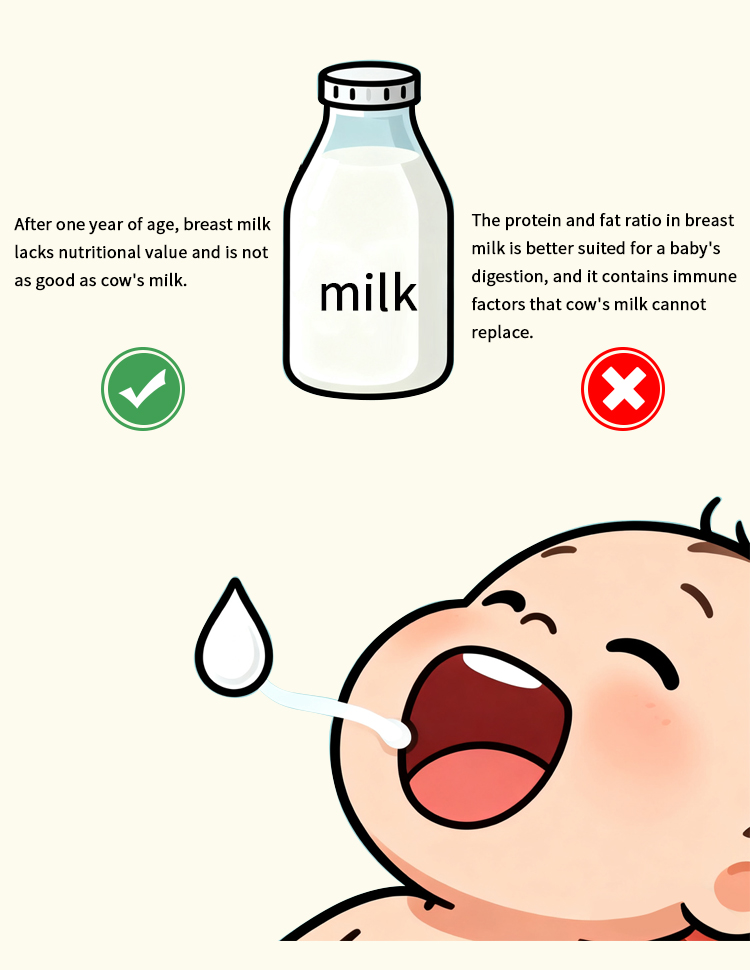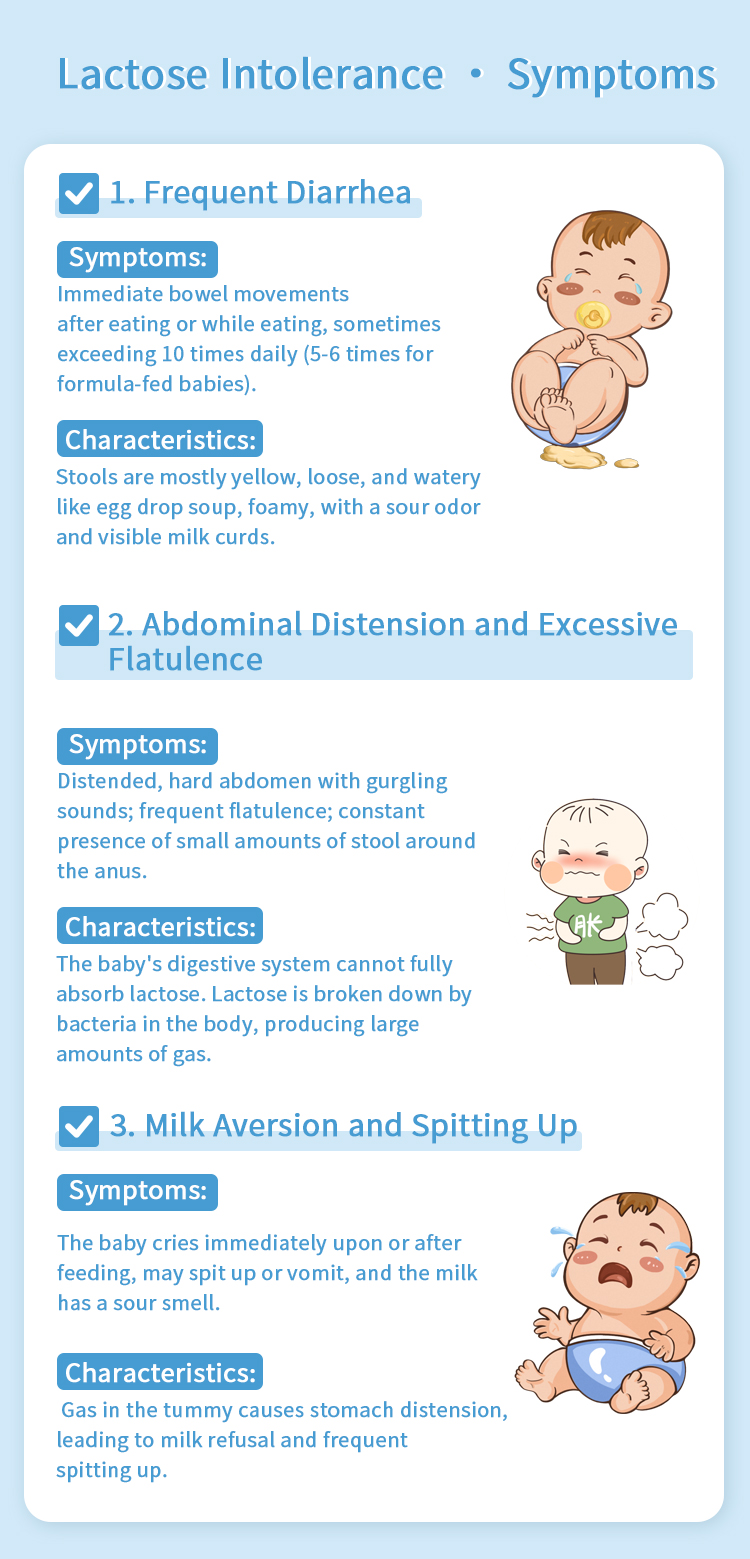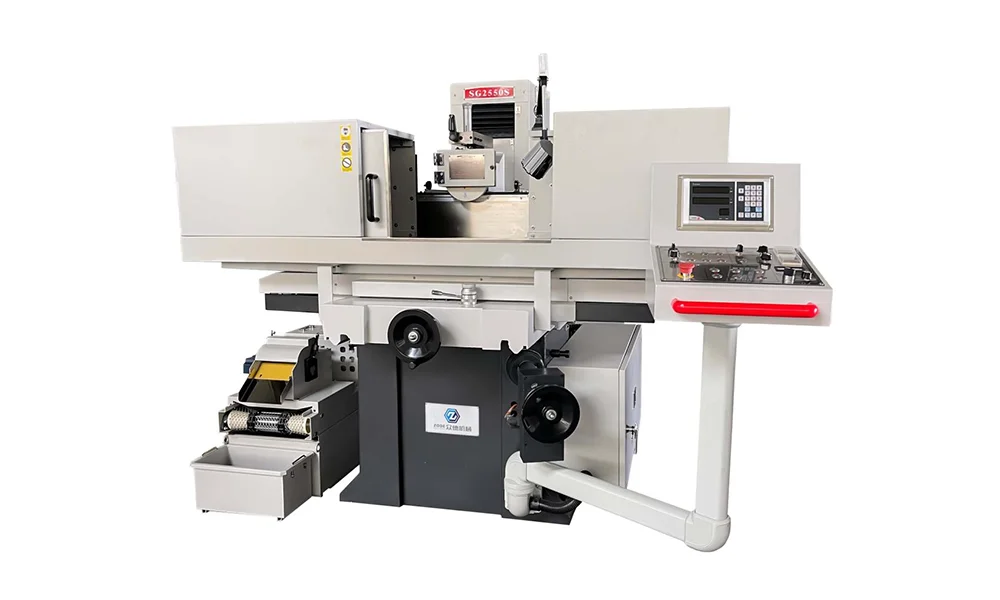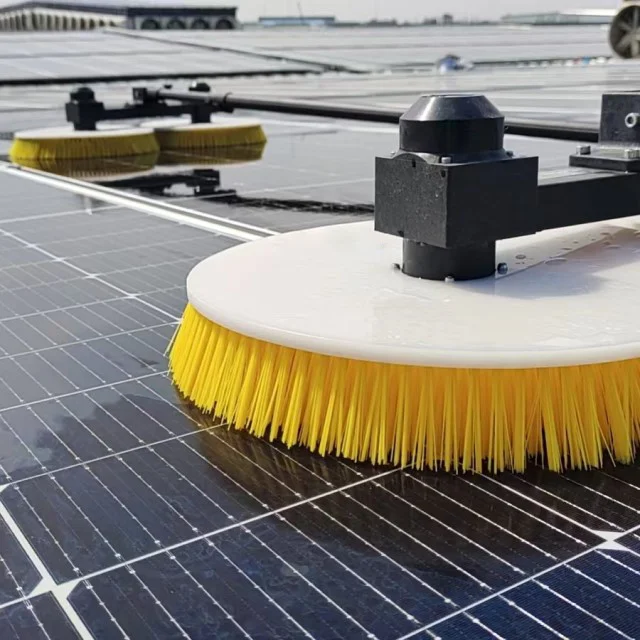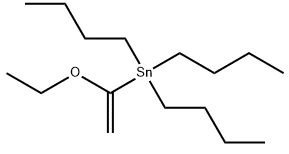In daily life, more and more people are pursuing a healthy, safe, and environmentally friendly lifestyle. High borosilicate glass food containers, due to their high-temperature resistance, non-toxicity, and recyclability, are gradually becoming a popular choice for kitchen storage and cooking.
Many people have this question after purchasing them: "Can this glass container be put directly into the oven?" The answer is—yes, but proper usage and precautions are required.
This article will comprehensively analyze the safe use of high borosilicate glass food containers in the oven from multiple perspectives, including material properties, usage principles, precautions, and maintenance techniques.
1. What are High Borosilicate Glass Food Containers?
High borosilicate glass is a special glass material containing boron, with chemical and thermal stability far superior to ordinary glass. It is typically composed of silicon dioxide (SiO₂), boron oxide (B₂O₃), sodium oxide, and aluminum oxide, melted at high temperatures.
Compared to traditional soda-lime glass, the biggest advantage of high borosilicate glass is its ability to withstand extreme temperature differences without easily shattering.
Generally, borosilicate glass has a usable temperature range of -20℃ to 400℃, meaning it can be used for both freezing and oven heating.
Therefore, food storage containers made from this type of glass can not only preserve food but also be used for cooking, heating, and reuse – a multi-purpose product.
2. Why can borosilicate glass be put in an oven?
To answer this question, we need to understand the physical properties of borosilicate glass.
2.1 Excellent thermal shock resistance
The linear expansion coefficient of borosilicate glass is only about 3.3 × 10⁻⁶/K, far lower than that of ordinary glass. This means that when it encounters drastic temperature changes, the glass does not generate significant thermal expansion and contraction stress, thus preventing cracking.
For example, when you place a borosilicate glass container directly from room temperature into a 200℃ oven, it will still maintain its stable structure and will not shatter like ordinary glass.
2.2 Excellent Chemical Stability
Borosilicate glass does not react with acids, alkalis, oils, or salts, therefore it will not release harmful substances even under high-temperature cooking conditions.
In contrast, plastic food containers are prone to deformation and the release of BPA or other toxic substances at high temperatures, while borosilicate glass is completely safe and harmless.
2.3 Transparency and Uniform Heat Conductivity
During baking, you can clearly observe the heating status of the food; at the same time, borosilicate glass conducts heat evenly, preventing localized overheating or scorching. This is a major reason why it is widely used in baking pans, bacon bowls, and heat-resistant storage containers.
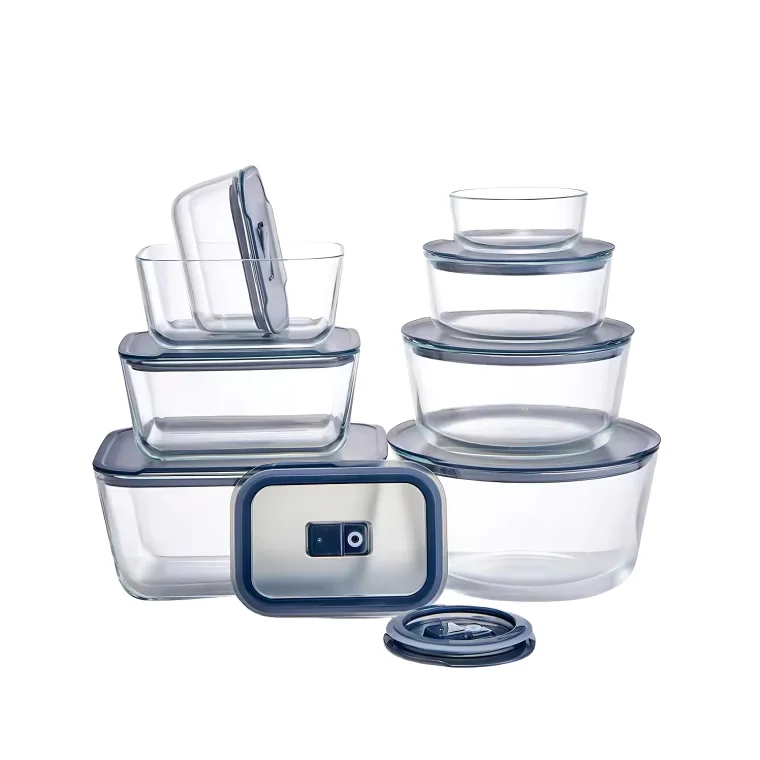
3. The Correct Way to Use Borosilicate Glass Food Containers in the Oven
Although borosilicate glass has high-temperature resistance, incorrect use can still damage the container.
Here are some practical usage tips to help you safely use borosilicate glass food containers in the oven:
3.1 Check if the product is labeled "Oven Safe"
Some glass containers on the market, although made of borosilicate glass, are not suitable for direct oven use because the lids or sealing rings are made of plastic.
Before use, please check the bottom label or instruction manual to confirm that it is marked "oven-safe" or "heat resistant to 400℃".
3.2 Avoid alternating hot and cold handling.
Although borosilicate glass is highly resistant to thermal shock, placing it directly from the freezer into a high-temperature oven may cause it to crack due to excessive thermal stress.
The correct procedure is: Containers removed from the freezer should be left at room temperature for 10-15 minutes before being placed in a preheated oven.
3.3 Do not allow containers to come into contact with open flames or heating elements.
When heating in the oven, place the containers on a rack or baking tray, not directly near metal heating elements. Direct contact with high-temperature components may cause localized overheating, affecting the glass structure.
3.4 Avoid dry heating.
Do not heat empty borosilicate glass containers alone. Dry heating will cause uneven internal temperature distribution, creating stress and shortening the lifespan.
3.5 Pay attention to the lid material.
Most borosilicate glass food containers come with a sealing plastic lid or silicone ring. Before baking, always remove the lid and place only the glass body into the oven to prevent the plastic parts from deforming or releasing gases.
4. Application Scenarios of High Borosilicate Glass Food Containers in the Oven
High borosilicate glass food containers are not just storage boxes; they can also function as baking tools. Here are some typical usage scenarios:
4.1 Baking Home Desserts
They can be used to bake puddings, gratins, baked potatoes, egg tarts, or small cakes. The transparent container allows you to observe the food's heating process, preventing burning.
4.2 Baked Rice and Vegetables
Oven-baked rice is a strong point of high borosilicate glass containers. Simply layer ingredients, sauces, and cheese and place them directly into the oven; no additional baking tray is needed.
4.3 Healthy Low-Oil Cooking
High borosilicate glass does not absorb oil or transfer odors, making it ideal for oil-free or low-oil cooking. It's very convenient for baking vegetables, chicken breast, and fish.
4.4 Reheating and Warming
Leftovers from the previous day can be reheated directly in the oven in their containers without transferring them to other containers, reducing washing.
5. Cleaning and Maintenance Recommendations After Use
To extend the lifespan of borosilicate glass food containers, please pay attention to the following points when cleaning and storing:
Use warm water and a neutral detergent to clean. Avoid using hard tools such as steel wool.
Let them air dry naturally before covering them to prevent moisture retention and odors.
Avoid collisions with metal utensils to prevent the spread of minor cracks.
If slight grease buildup occurs, soak them in a baking soda solution for a few minutes, then clean them thoroughly.
When not in use for extended periods, store the container and lid separately in a dry and well-ventilated area.
6. Summary: Correct Use, Safe Baking
In conclusion, borosilicate glass food containers are perfectly safe to use in the oven.
Their high heat resistance, stability, and non-toxicity make them an all-in-one solution for cooking and storage. However, this is contingent on correct use:
Avoid sudden temperature changes;
Avoid direct contact with open flames;
Do not put them in the oven with the plastic lid on.
By following these basic principles, borosilicate glass containers will not only make oven cooking easier but also make kitchen life more environmentally friendly, healthy, and elegant.
Whether you're a baking enthusiast or a health-conscious family, high borosilicate glass food containers will be your most reliable partner in the kitchen.
As a professional manufacturer of high borosilicate glass food containers, Bestfull is committed to providing safe, durable, and environmentally friendly kitchen storage and cooking solutions for families and restaurants worldwide. Our products are made from high-quality high borosilicate glass, capable of withstanding temperature variations from freezing to baking, ensuring safe and reliable use every time. With rigorous production processes and international certification systems, Bestfull not only offers heat-resistant glass containers in various sizes and designs but also supports OEM and ODM customization services, creating kitchen masterpieces that combine functionality and aesthetics for our customers. Choosing Bestfull means choosing health, quality, and trust.
www.bestfulltech.com
bestfulltech
